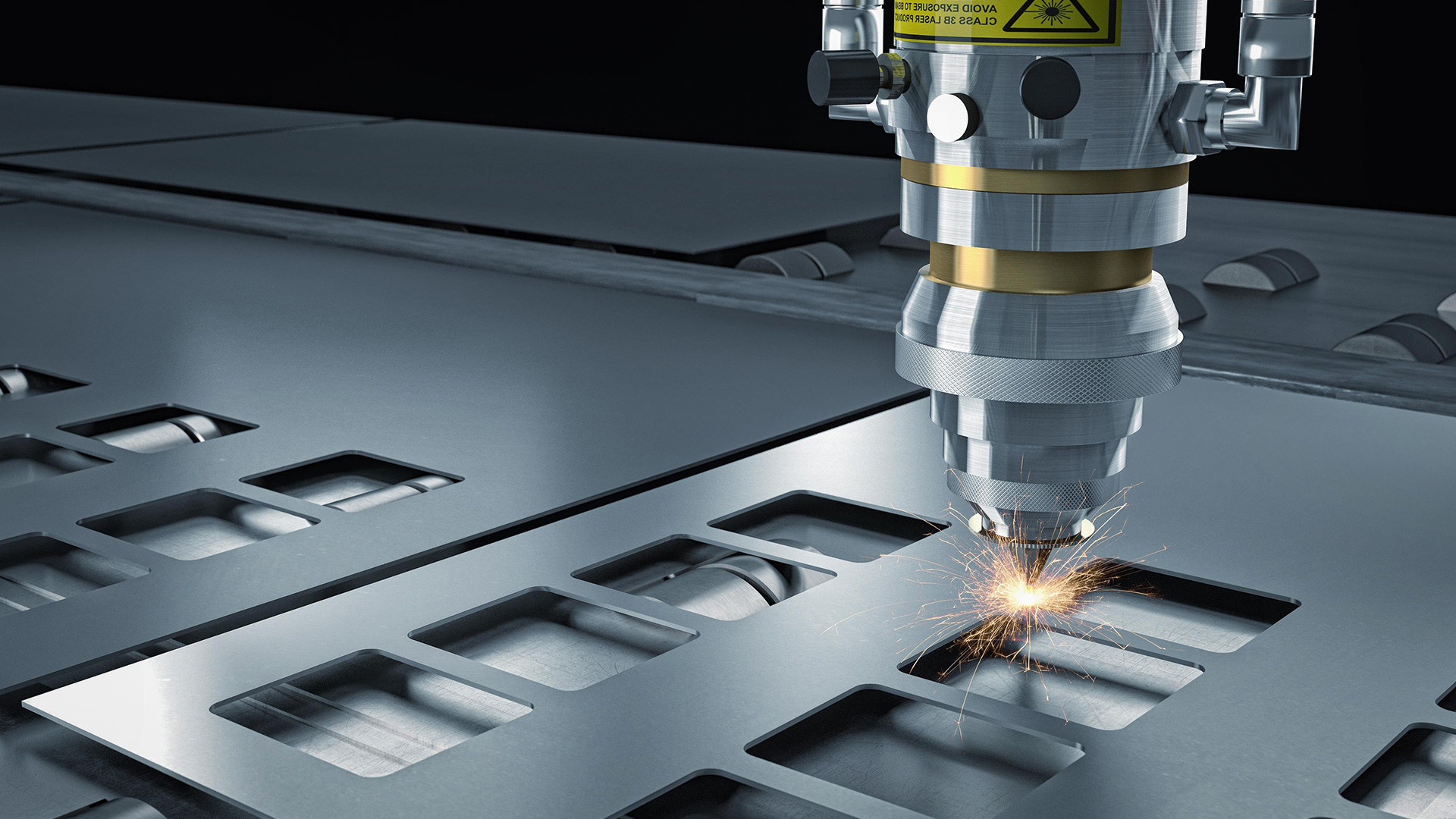What is Sheet Metal Fabrication?
We can provide customized sheet metal manufacturing services according to customer needs
Sheet metal processing tolerances
| Description | |
| General Tolerances | Metals : ISO 2768-c |
| Cutting Feature | ± .00787'' 0.2mm |
| Bend Angle | ± 1.0° |
| Bend to Edge | ±0.010" 0.254mm |
| Bend to Hole | ±0.2 mm |
Sheet Metal Applications
Sheet metal is a versatile manufacturing process for a range of metal components. The process can support high-volume commodity products and low-volume, one-of-a-kind applications. Common sheet metal parts include:
- Appliances
- Body panels
- Brackets
- Chassis
- Doors
- Enclosures
- Fuselages
- Kitchen equipment
- Office equipment
Sheet metal processing materials
Why Choose ZUERST?
Experience and Expertise With over a decade of experience in sheet metal fabrication, ZUERST brings unparalleled expertise to every project. Our skilled team utilizes advanced technology to deliver precise and high-quality components, ensuring your project's success.
Customer Support Our dedicated customer support team is available 24/7 to assist you. Whether you need technical guidance or have specific project inquiries, our experts are here to provide timely and effective solutions, ensuring a smooth and efficient process from start to finish.
Get Started
Ready to start your sheet metal fabrication project with ZUERST? Request a quote or contact us for more information. Simply upload your CAD file for instant feedback and pricing. Our team will support you every step of the way, ensuring precision and efficiency for all your sheet metal fabrication needs.
OEM
ODM
Distributor














